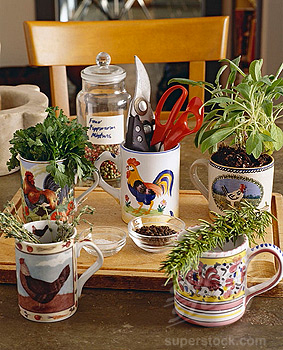 |
| From Janique Goff |
In that light, environmentalists believe that green living should start at home. Throughout the years, home developers have come up with designs and structural tactics to create eco-friendly houses.
With a distinctive minimalist style, eco-friendly homes are characterized by high ceilings, huge windows for natural lighting and ventilation, letting the air flow freely around the structure, and huge size – not to mention the high price that accompanies such detail-oriented construction. Despite being high end, various home developers still offer eco-housing plans and designs for families who wish to start living right.
 |
| From Janique Goff |
Janique Goff is one to emphasize that this should not distress families who cannot afford to move into an eco-friendly house, as there are other organic and participative ways in averting the planetary collapse. Eco-logal.org shares these simple steps:
- Buying energy-saving appliances, particularly the ones that are always used, like light bulbs and television.
- Insulating the roof and walls; this can save up to $500 dollars in energy cost.
- Installing an energy-efficient heating system in the house, to reduce energy consumption by 40 percent.
 |
| Janique Goff Photo Credit: Rumpkerecycling.com |
Environmentalists emphasize that caring for the planet is not all about extraordinary efforts and innovations. For them, the simple acts of knowing where to throw your trash or of coming up with energy-saving schemes can already be of help to the environment. And they believe that if all parents start raising their kids with the awareness on how to care for the environment, there will be a brighter future to look forward to.
Janique Goff is a successful business development manager specializing in green technology, water, energy, and medical industries. Follow her updates on Facebook.




































